The pandemic has changed peoples thoughts, beliefs and emotional responses. Therefore, will customers take notice of your brand communications in a changed UK? As lockdown restrictions are eased, it’s clear to see that life has changed.
Our customers have changed
Research is telling us that our customers are no longer the same people they were before the pandemic took hold in March 2020. A report by Bain & Company (2020) indicates that people now:
- Want to feel less anxious
- Are more mindful of their spending
- Seek a more balanced, healthy lifestyle
- Need to feel more connected to others
- Value kindness and purpose more
With this in mind, it’s unlikely that many of our customers remain untouched by the last twelve months. Shifting needs, new lifestyle challenges and changing emotional drivers now drive their purchasing decisions. It’s therefore important that marketers, communication officers and fundraising teams recognise this change in customer dynamics. It might be that audience profiling, customer surveys and a revisit of customer journey mapping need to be reconsidered before we plan any forthcoming marketing campaigns.
How can you build your brand in a post-pandemic world
As brand strategists, there are several tips we can give you to get the most of your brand communications as you move your organisation forward.
Tip 1: Be attentive, transparent and use clear messaging
Brand communications that carry direction and empathy will help you stay top of mind when your customers are faced with multiple marketing messages. Continuing to make safety measures visible and designing several key brand experiences that carry a humanistic touch will help you achieve this. Messages that are simple, clear and to the point will be easily remembered and recalled over and above muddled, inconsistent marketing.
Despite living in a digital first world, there is still a place for more traditional marketing channels such as billboards, print advertisements, direct mail, TV and radio. Your audience profiling and customer journey mapping will tell you where your target audience wants to hear your marketing messages. If you have an older audience who aren’t tech-savvy, then radio and direct mail will still work. If you have a younger audience then in-app game or Spotify advertising will be better options. The trick is to know your audience intimately and ask how do they want to be marketed to and where are they spending most of their time.
The next step is making sure your customers receive the same brand experience and messaging across all of your communication channels. If you don’t get this right you’ll end up confusing your ideal customers, and worst of all, eroding any trust in your brand offering. If you get this right, consistent presentation of a brand increases revenue by 33% (Lucidpress, 2019).
Tip 2: It’s vital to engage in ‘always-on’ marketing
With the acceleration of digital marketing taking hold, customers will now pull marketing information from organisations at a time that’s convenient for them. They are not always in a receptive mindset or in a position to act when your campaign is first presented to them.
Therefore, to reach your target audience in today’s busy world, brands will benefit from having several brand touchpoints in place that can be accessed 24 hours a day, 7 days a week. To put this into context, if a potential customer is thinking about buying from you during the middle of the night, your ‘always-on’ marketing needs to help them make a decision outside your set ‘working hours’. Therefore, if they need a brochure at 2 am, there should be one available to download. This is a simplistic view as there are many ways you can utilise always-on marketing – our ‘Always-on marketing’ chinwag explains how this works in more detail.
Essentially, to execute this type of marketing effectively, you need to be one step ahead of your customer, placing relevant information in the right place so it’s available at a times when your ideal customer may want to engage with it. Of course always on marketing offers a constant source of information gathering that should work alongside specific marketing initiatives. Both always-on and campaign marketing should work together and not against one another.
Tip 3: Keep building your brand image
As we fling our doors open, it’s natural to want to promote products and services as soon as possible. We have all waited so long for this moment. We liken it the start of a Grand Prix. Many businesses are sitting at the start of a Grand Prix, engines revving loudly as they eagerly anticipate the green light to re-open their business.
Between now and then, organisations will ramp up their marketing. Short-term campaigns will be focused on welcoming people back with a sprinkling of offers and promotions to encourage footfall and purchasing.
As you put your marketing campaigns into play, please don’t forget to remain invested in brand image building and brand awareness campaigns. If you’ve cultivated a positive brand image throughout the pandemic, customers will still want (and expect) that to continue. Brand recognition, familiarity, trust and authenticity are brand virtues that will continue to be valued throughout this summer and beyond. Research suggests that it’s never been more important than it is now. 86% of consumers saying that authenticity is a key factor when deciding what brands they like and support (Stackla, 2019) and 81% of consumers say they need to trust the brand in order to buy from them (Edelman, 2019).
Effective, brand storytelling is an excellent way to show customers that you continue to care so make sure your brand virtues remain in place post-pandemic, even in the rush to get off the line first. Long-term brand building is the key building trust with their consumers.
Thanks for reading
Thank you for taking the time to consider your brand communications in a changed UK.
Work with us
If you are unsure whether your brand communications hit the mark, we offer a brand communications audit where we review the current marketing you have in place in for each of your brand touch-points. For £150 + vat, you receive our recommendations and actionable advice via an 1.5 hour online masterclass over Zoom or Microsoft Teams. This service is especially useful if you feel your marketing is ‘bad’,’ indifferent’ or not having the impact you want it to and don’t know how to fix it.

Sarah Hackett
Agency Owner / CMO
Sarah Hackett is from Staffordshire in the United Kingdom. Since 1998, she has worked in marketing both client and agency side developing branding and marketing strategy. Sarah has a curious mind and always looks to implement tactical marketing that is founded on best practice, customer centricity and sound business planning.





